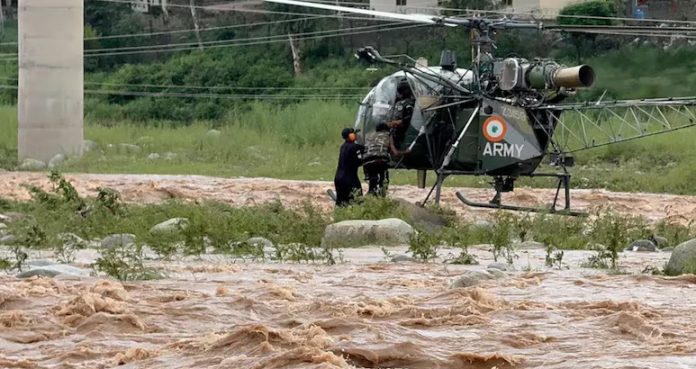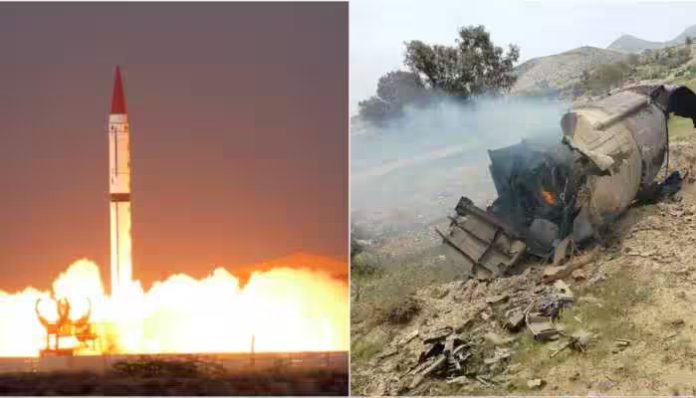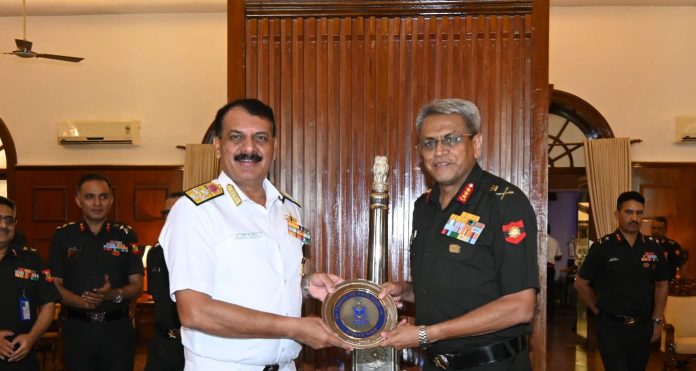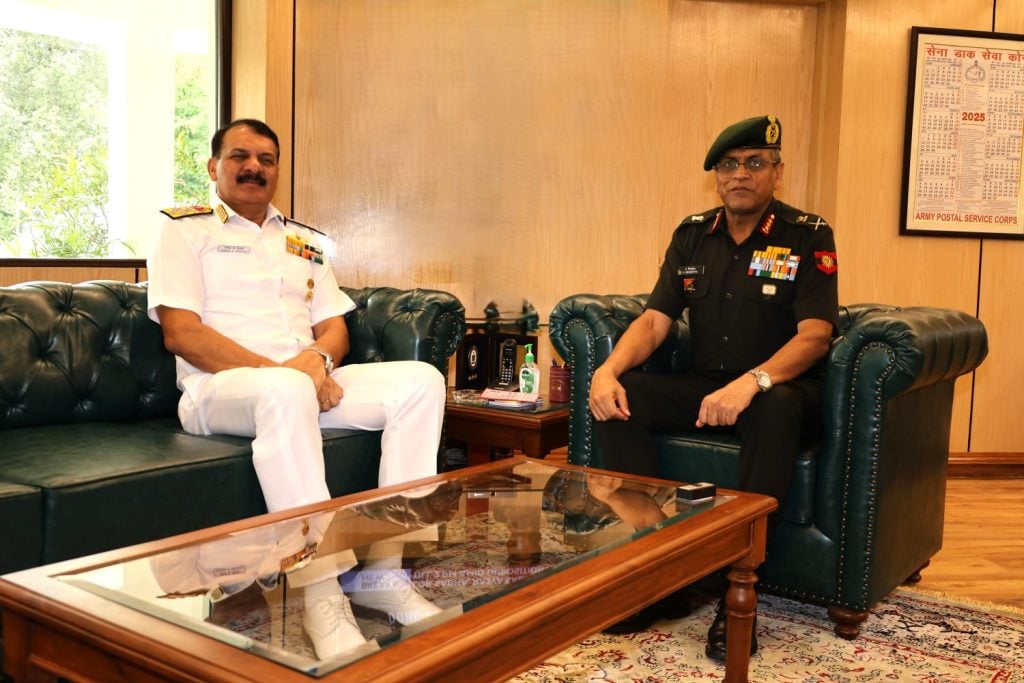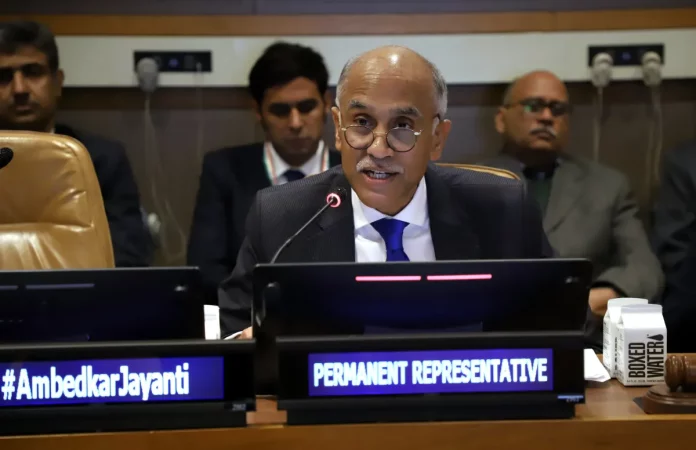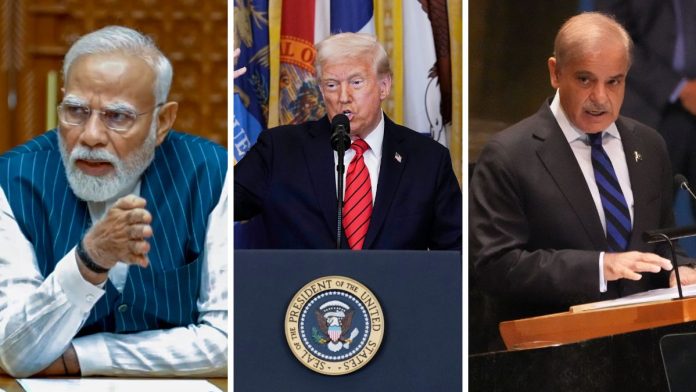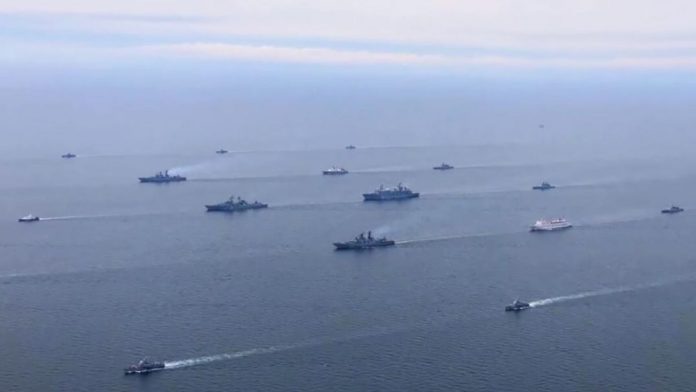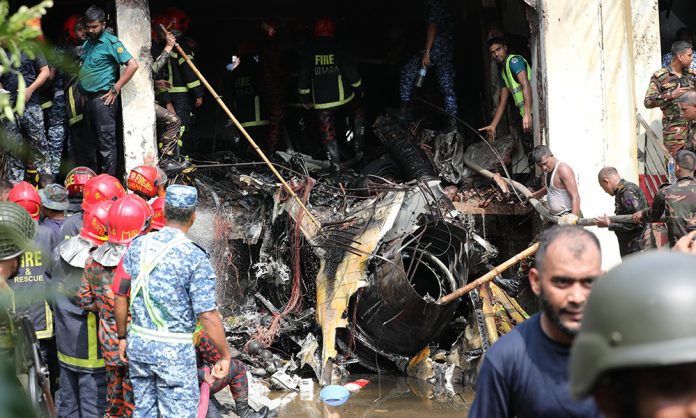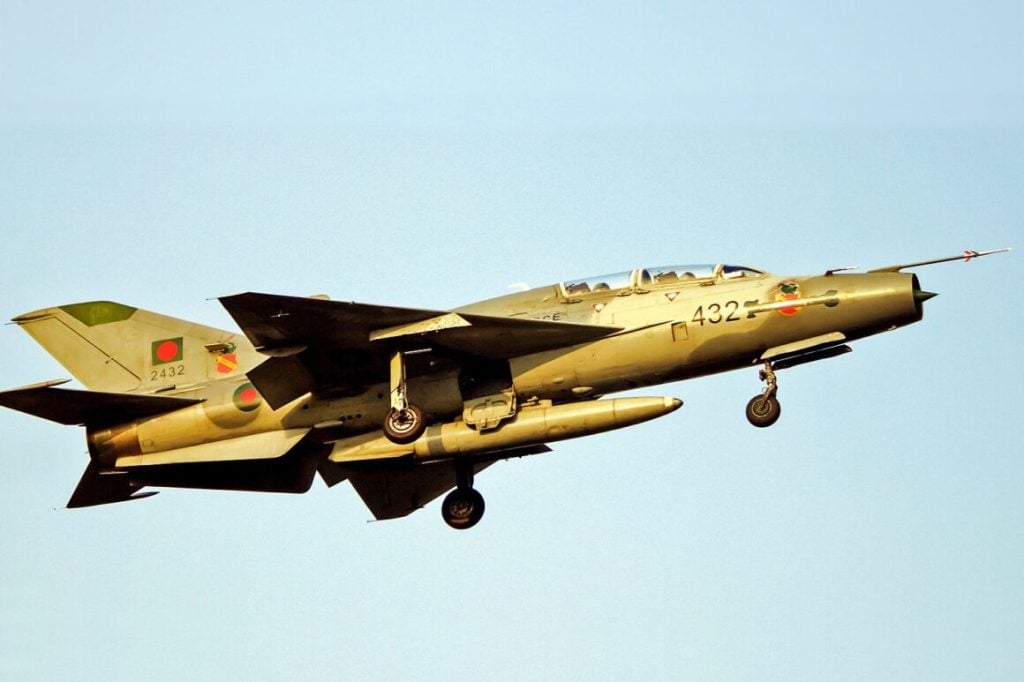A major disaster was narrowly avoided on Tuesday as Pakistan’s nuclear-capable Shaheen-III missile test ended in failure, with the missile crashing near a sensitive nuclear facility in Dera Ghazi Khan and scattering debris perilously close to civilian areas in Balochistan’s Dera Bugti district.
According to initial reports, the test was conducted from the Rakhshani region of Dera Ghazi Khan on July 22, but the missile veered off course and impacted near the Loop Seharani Levy Station in the Matt region, just 500 meters from populated areas. A massive explosion followed, sending shockwaves as far as 50 kilometers across parts of Balochistan and Khyber Pakhtunkhwa.
Social media was flooded with videos of terrified locals fleeing, some fearing a foreign drone strike or nuclear disaster. Pakistani authorities swiftly imposed an internet blackout, barred media from the impact zone, and ordered residents to remain indoors.
The Pakistani military has yet to issue a detailed explanation. Local official Mazhar Shirani, representing the DG Khan Commissioner’s office, attempted to play down the event by attributing it to a fighter jet’s sonic boom. However, the presence of missile debris and the scale of the explosion have left many unconvinced.
The Shaheen-III is one of Pakistan’s most advanced strategic missiles, boasting a range of 2,750 km and capable of reaching major Indian cities. It is designed to serve as a critical deterrent in Pakistan’s nuclear posture. However, this latest failure adds to a troubling series of past mishaps involving the missile.
Previous incidents include failed Shaheen-III tests in October 2023 and January 2021—both of which also caused panic and damage in Balochistan. In 2020, a Babur-II missile crashed during a trial in the region, and in 2022, a mysterious missile fell in Sindh province. These recurring accidents are raising serious doubts about the operational reliability of Pakistan’s missile systems.
The failed test has also reignited anger among Baloch communities, who accuse the Pakistani military of treating Balochistan as a testing ground. Protests erupted in Dera Bugti and surrounding regions, with activists citing forced evictions during missile trials, lack of civilian safety measures, and environmental damage from past tests, including the 1998 nuclear detonations at Chagai.
Sher Mohammad Bugti of the Baloch Republican Party condemned the test, stating that “Pakistan has used Balochistan as its weapons laboratory for decades,” and called on the United Nations and global human rights bodies to intervene.
The Dera Ghazi Khan region houses one of Pakistan’s most important nuclear complexes, a facility crucial to uranium processing and believed to be key to the country’s weapons-grade plutonium program. Any damage to it would pose serious consequences not just for Pakistan, but for regional stability.
India has not officially commented, but defence experts are closely monitoring the situation. The incident comes weeks after Operation Sindoor, India’s retaliatory strike in May following the Pahalgam terror attack. While some Indian analysts interpret the missile mishap as a sign of internal weakness in Pakistan’s strategic command, the proximity of the crash to a nuclear site has also sparked concern.
Internationally, the United States has remained silent, but observers note that U.S. nuclear surveillance aircraft were seen near Dera Ghazi Khan after the 2023 blast, suggesting heightened interest in monitoring Pakistan’s nuclear safety.
With the Pakistan Interior Ministry refusing to respond and media blackouts still in effect, critical questions remain unanswered: Was the nuclear site truly undamaged? Why the information suppression? And how secure is Pakistan’s nuclear command and control?
For now, what could have been a catastrophic incident has ended without reported casualties. But the latest failure of the Shaheen-III has once again exposed technical vulnerabilities and reignited fears over nuclear safety in one of the world’s most volatile regions.

